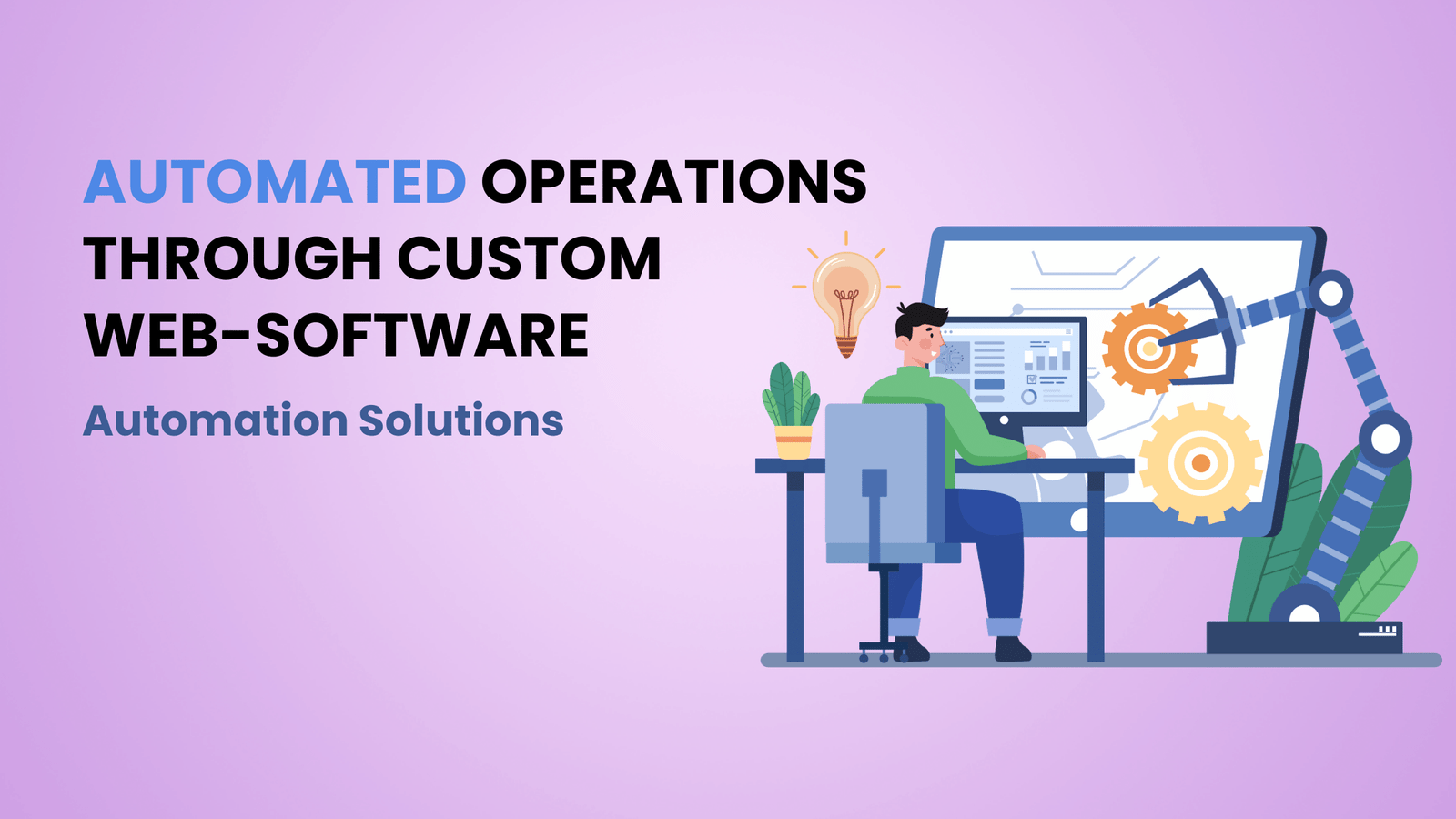-
Client :
Global E-commerce Consultants
-
Category :
Automation
-
date :
May 15, 2024
-
location :
Multan, Pakistan

Global E-commerce Consultants
Automation
May 15, 2024
Multan, Pakistan
